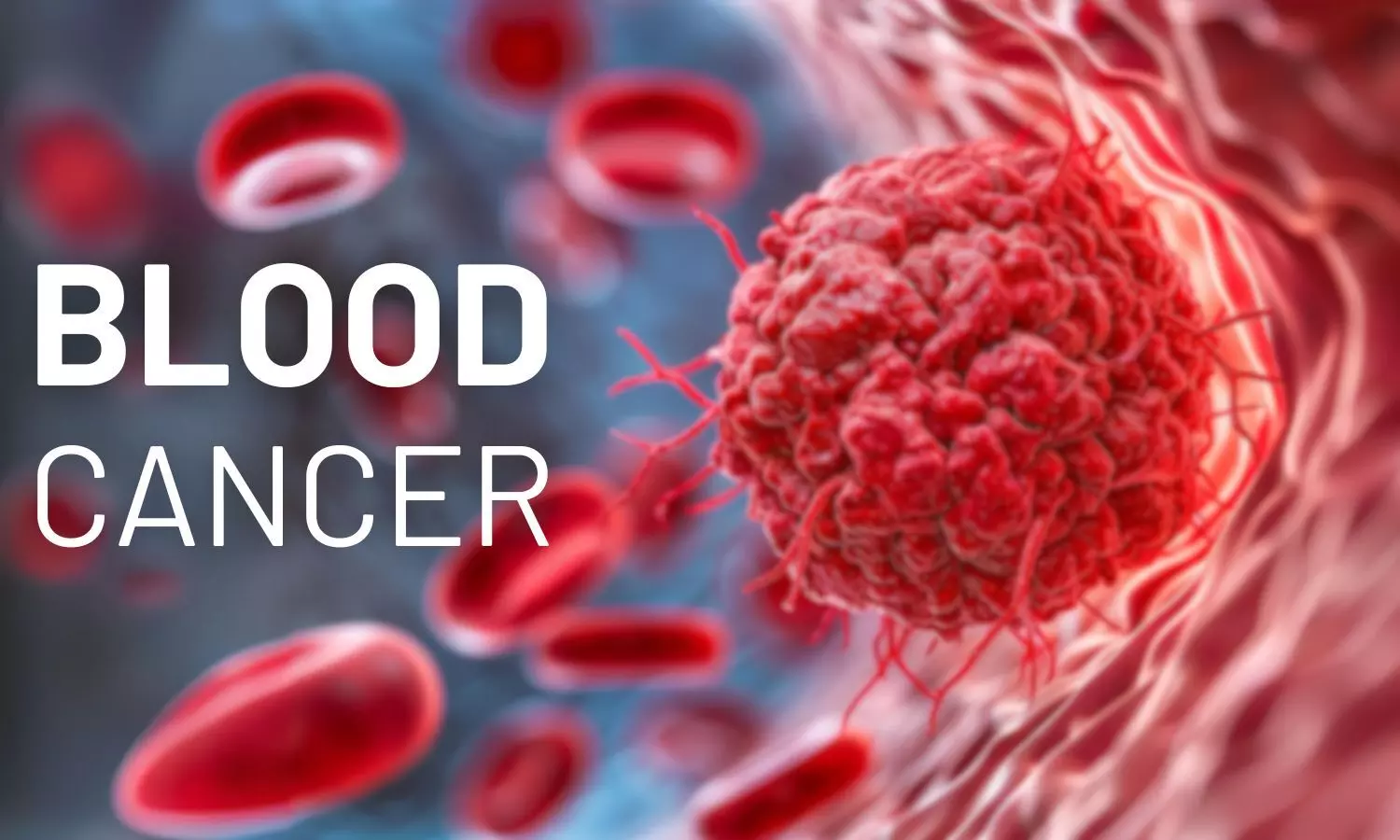Blood Cancer- Impact, Diagnosis, and Importance of Early Detection

Blood Cancer- Impact, Diagnosis, and Importance of Early Detection
Learn what blood cancer is, how it affects the body, and why early detection is crucial. Know about the treatment options in detail.
Blood cancer is a broad term that encompasses various malignancies affecting the blood, bone marrow, and lymphatic system. These cancers disrupt the normal function of blood cells, leading to serious health issues. Despite its critical nature, blood cancer is often overshadowed by more commonly discussed cancers, such as breast or lung cancer. Read on to gain in-depth details about this disease.
What is Blood Cancer?
Blood cancer refers to cancers that originate in the blood, bone marrow, or lymphatic system. Unlike other types of cancer, which form solid tumours, blood cancers involve the abnormal proliferation of blood cells or other cells within these systems. The three main types of blood cancer are
1. Leukaemia
Leukaemia is a cancer of the bone marrow and blood. It occurs when abnormal white blood cells are produced in the bone marrow and rapidly proliferate, leading to a shortage of normal blood cells. There are several types of leukaemia, including
- Acute Lymphoblastic Leukemia (ALL)- Often affects children and is characterised by the rapid growth of immature lymphocytes.
- Acute Myeloid Leukemia (AML)- Common in adults, this type involves the rapid proliferation of myeloid cells.
- Chronic Lymphocytic Leukemia (CLL)- Typically affects older adults, leading to the accumulation of mature but abnormal lymphocytes.
- Chronic Myeloid Leukemia (CML)- characterised by the overproduction of myeloid cells, often associated with the Philadelphia chromosome.
2. Lymphoma
Lymphoma affects the lymphatic system, which is part of the body's immune system. It starts in the lymphocytes, a type of white blood cell, and typically forms tumours in the lymph nodes. The two main types are
- Hodgkin Lymphoma (HL)- Identified by the presence of Reed-Sternberg cells, it usually presents with swollen lymph nodes and other symptoms.
- Non-Hodgkin Lymphoma (NHL)- A diverse group of lymphomas that can affect various parts of the lymphatic system and may be more difficult to treat.
3. Myeloma
Multiple myeloma is cancer of the plasma cells in the bone marrow. Plasma cells are responsible for producing antibodies, and their malignancy leads to an overproduction of abnormal proteins. Key characteristics of myeloma include
- Bone Pain- Often caused by the infiltration of cancer cells into the bone marrow.
- Hypercalcemia- Elevated calcium levels in the blood due to bone breakdown.
- Kidney Issues- Damage to the kidneys from the excess proteins produced by the malignant cells.
Why Awareness for Blood Cancer is Crucial?
Awareness about blood cancer is crucial for several reasons
1. Early Detection
Early detection significantly improves treatment outcomes and survival rates. Recognising symptoms early can lead to timely diagnosis and treatment. For instance, routine blood tests can help detect abnormalities in blood cell counts before symptoms become severe.
2. Understanding Symptoms
Awareness helps individuals and healthcare providers identify symptoms associated with blood cancer, such as unexplained fatigue, frequent infections, or swollen lymph nodes. Early intervention can prevent the progression of the disease and improve quality of life.
3. Advancements in Treatment
Knowledge about blood cancer encourages research and funding for new treatments. Advances in targeted therapies, immunotherapies, and personalised medicine are improving the prognosis for many patients.
4. Support and Resources
Being informed about blood cancer also means understanding the support systems available for patients and their families. Support groups, counseling, and financial assistance can help manage the emotional and practical aspects of dealing with a blood cancer diagnosis.
Early Detection and Diagnosis for Blood Cancer
Early detection of blood cancer involves recognising symptoms and undergoing diagnostic tests. If blood cancer is suspected, healthcare providers may use the following methods
1. Blood Tests
- Complete Blood Count (CBC)- Measures levels of red blood cells, white blood cells, and platelets. Abnormal results can indicate blood cancer.
- Bone Marrow Biopsy- A sample of bone marrow is examined for cancer cells, helping diagnose leukaemia and myeloma.
2. Imaging Tests
- CT Scans- Provide detailed images of the body to detect tumours or abnormal growths in lymph nodes.
- MRI Scans- Useful for assessing bone and soft tissue involvement.
- PET Scans- Help determine the extent of cancer spread by highlighting areas of increased metabolic activity.
3. Lymph Node Biopsy
For lymphomas, a biopsy of an affected lymph node can confirm the presence of cancer cells and determine the type of lymphoma.
Treatment Options
Treatment for blood cancer varies depending on the type, stage, and individual patient factors. Common treatment approaches include
1. Chemotherapy - Chemotherapy uses drugs to kill cancer cells or inhibit their growth. It is often used for leukaemia and lymphoma and may be combined with other treatments.
2. Radiation Therapy - Radiation therapy targets cancer cells with high-energy rays. It is commonly used for localised lymphomas and to relieve symptoms.
3. Targeted Therapy - Targeted therapies focus on specific molecules involved in cancer cell growth. These treatments can be more effective with fewer side effects compared to traditional chemotherapy.
4. Immunotherapy - Immunotherapy boosts the body's immune system to fight cancer. It is showing promise for various blood cancers, including lymphomas and myelomas.
5. Stem Cell Transplant -A stem cell transplant involves replacing damaged bone marrow with healthy stem cells. It can be an effective treatment for leukaemia and myeloma.
6. Supportive Care- Supportive care helps manage symptoms and side effects of treatment. This includes pain management, blood transfusions, and medications to prevent infections.
Awareness about blood cancer's risks, symptoms, and treatment options plays a crucial role in combating the disease. Advances in treatment and ongoing research offer hope, making it essential for individuals to stay informed and proactive. By understanding blood cancer, patients and caregivers can better navigate the complexities of the disease and enhance overall care and quality of life.














